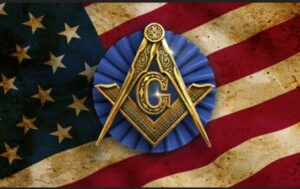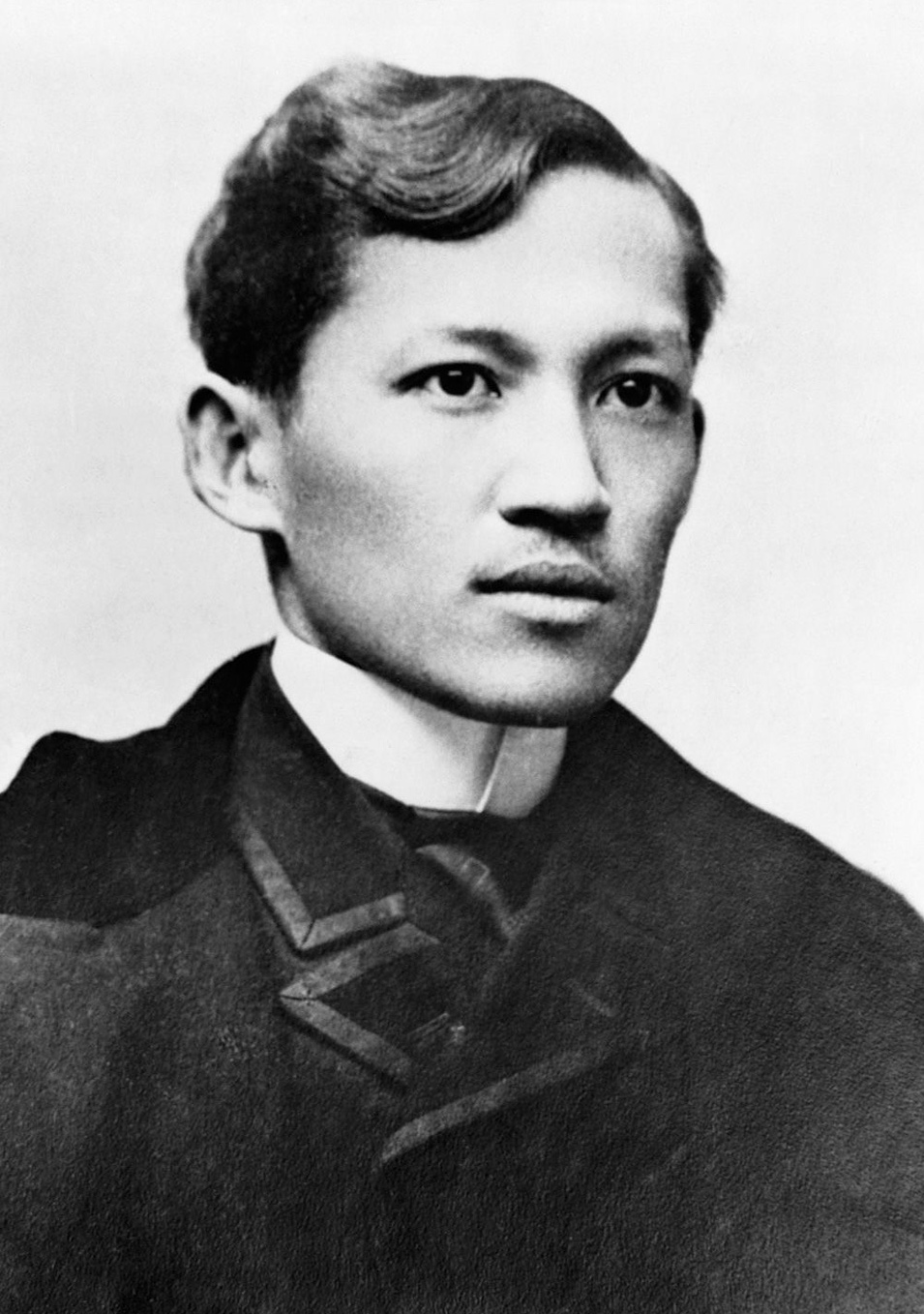How Masons Effected the Creation of the Modern Day Republic of the Philippines
MASONRY IN THE PHILIPPINES
How Masons effected the creation of the modern day Republic of the Philippines
The first evidence of early Masonic activity in the Philippines was during the brief British occupation of Manila from 1762-1764. It was noted in a letter now in the Archives of the Indies in Seville, Spain, where the Archbishop of Manila requested the demolition of the Manila Cathedral because it was “desecrated” by the British who were holding military, Masonic meetings in the Cathedral. The request was not granted, and the historic cathedral still stands today as the premier cathedral of the Philippines.
The first lodge in the Philippines was organized in 1856 by a Spanish naval officer, Jose Malcampo y Monge who later became the Spanish Governor General to the Philippines. The lodge was named Primera Luz Filipina (First Philippine Light) chartered under the Grande Oriente Lusitano of Portugal. From then on, additional lodges were organized – first by the Germans, then followed by the British, then by another Spanish lodge. No Filipinos were admitted into these lodges.
The first Philippine lodge was organized in Barcelona, Spain, in 1889 by Graciano López Jaena together with some Filipino students and reformists who formed the Logia Revolución under the Gran Oriente Español. In 1890, López Jaena and other Filipino Mason Reformists organized the 2nd lodge named the Logia Solidaridad in Madrid. In January 1891, Filipino Masons in Barcelona and Madrid sought the permission of the Gran Oriente Español to establish lodges in the Philippines. This was granted on January 6, 1892. The first Filipino Lodge in the Philippines (Logia Nilad) was constituted. A year later, more than 100 new members were accepted to the new lodge with more lodges being organized throughout the country. With the increasing growth of members and lodges within the country, a Regional Grand Council was organized on December 16, 1893.
The country’s popularity and growth of Masonry attracted the alarm and ire of the Spanish Friars who, with their strong influence in the colonial government, initiated a brutal campaign of arrest, exile, imprisonment, torture, and even execution of Masons. The Spanish Government, at the urging of the Friars, banned Masonry and all Masonic activities on December 30, 1896. Coincidentally, Dr. Jose Rizal (the Philippine National Hero), a Master Mason and Past Master of the first Filipino Lodge (Logia Nilad) was executed, and was followed a few days later by the execution of the “13 Martyrs” who were mostly Masons. By then the Philippine Reform Movement has had turned into a full-blown, armed Revolution. The roll of the Revolutionary Movement leaders was filled with Masons like General Emilio Aguinaldo, the first President of the First (Revolutionary) Philippine Republic, Andres Bonifacio, the Father of the Philippine Revolution, and Apolinario Mabini, the brains of the Revolution, to name a few.
The Filipino rebels gained victories throughout the country which eventually led to the Spanish to be being isolated, besieged and surrounded in the Walled City/Fort of Intramuros in Manila. Just when victory was ripe for the taking by the Filipino Revolutionaries, the United States entered the political scene with the arrival of Admiral George Dewey’s Asiatic Squadron in Manila Bay on May 1898. Through the treaty of Paris in 1898 between Spain and the United States with the Philippines not invited to participate, the Philippines were ceded (sold) by Spain to the United States for $20 million. This agreement did not bode well with the Filipinos who were left out of the negotiations. The Philippine Revolutionaries this time resumed hostilities against the American occupiers, called the Philippine American Revolution, which lasted for three years from 1899-1902.
With the American occupation of the Philippines, which lasted until Philippine independence in 1946, came the arrival of American Masons and American Lodges. One was a lodge organized by Military volunteers from North Dakota. Another was a Prince Hall Lodge organized by African American servicemen from Missouri. There was also a lodge organized under the Grand Lodge of California. With the growth of American lodges, there was also a resurgence of Filipino lodges under the former Regional Council.
On November 17, 1912, three lodges of the Grand Lodge of California held a meeting to prepare for the eventual organization of the Grand Lodge of the Philippine Islands. On December 12, 1912, a convention was held with delegates from these three lodges where the completed constitution for the new Grand Lodge was presented and approved with Brother Eugene Stafford elected as the first Grand Master. None of the Filipino lodges or Masons were invited to this convention. The reason for this non-invitation was that the petitioning Lodges were anticipating that the presence of “Irregular Lodges” (lodges of foreign jurisdiction) in their ranks that would lead the Grand Lodge of California to disapprove the petition. Being sensitive to the needs of the Filipino Masons and in the true spirit of “Brotherly Love,” Brothers from both sides, notably led by the First Grand Master Eugene Stafford on the American side and Manuel L. Quezon, (the future first President of the Commonwealth Republic of the Philippines) on the Filipino side, worked tirelessly on the delicate matter of the fusion of the two groups. On February 14, 1917, twenty-seven Filipino Lodges of the former Regional Council were constituted into the Grand Lodge of the Philippine Islands. After all the business of the fusion were attended to and completed, the group proceeded to elect officers for the coming Masonic year. The American members of the Grand Lodge realized they had effectively handed over to their Filipino brothers control of the Lodge with the Filipinos now having a majority of members and lodges. To the surprise of the Americans, WB Manuel Quezon, a Filipino, was elected as Deputy Grand Master. When asked about the election turn-out, Manuel Quezon reported saying that since the Americans were magnanimous in handing over the control of the Grand Lodge to the Filipinos, the Filipinos would share the privilege and honor of the Grand Masters Chair alternately on a yearly rotation with their American counterparts. That honorable agreement lasted from 1917-1974 when the last American Grand Master MW John Wallace was elected.
Masonry and Masons had very a strong influence in the direction and outcome of the Reform and Revolutionary periods of Philippine history, both of which were organized, led, and fought by Masons. The Philippine flag, which was designed by Brother General Emilio Aguinaldo, has strong Masonic influence, it being patterned after the Masonic apron with the “three stars” representing the ”Three Great Lights”.
Today, the Grand Lodge of the Philippines stands strong on its historical foundation with more than 21,000 members from all walks of life in over 460 lodges. Filipino Masonic lodges are also active and growing in US Grand Lodge jurisdictions such as the Grand Lodge of New York, New Jersey and California, to name a few.
I wish to thank my brother-in-law, Past Worshipful Dr Victor Pajares of the Philippines, for his help in the preparation of this article.
Respectfully submitted,
William Friedman
Jephtha Lodge No. 494



